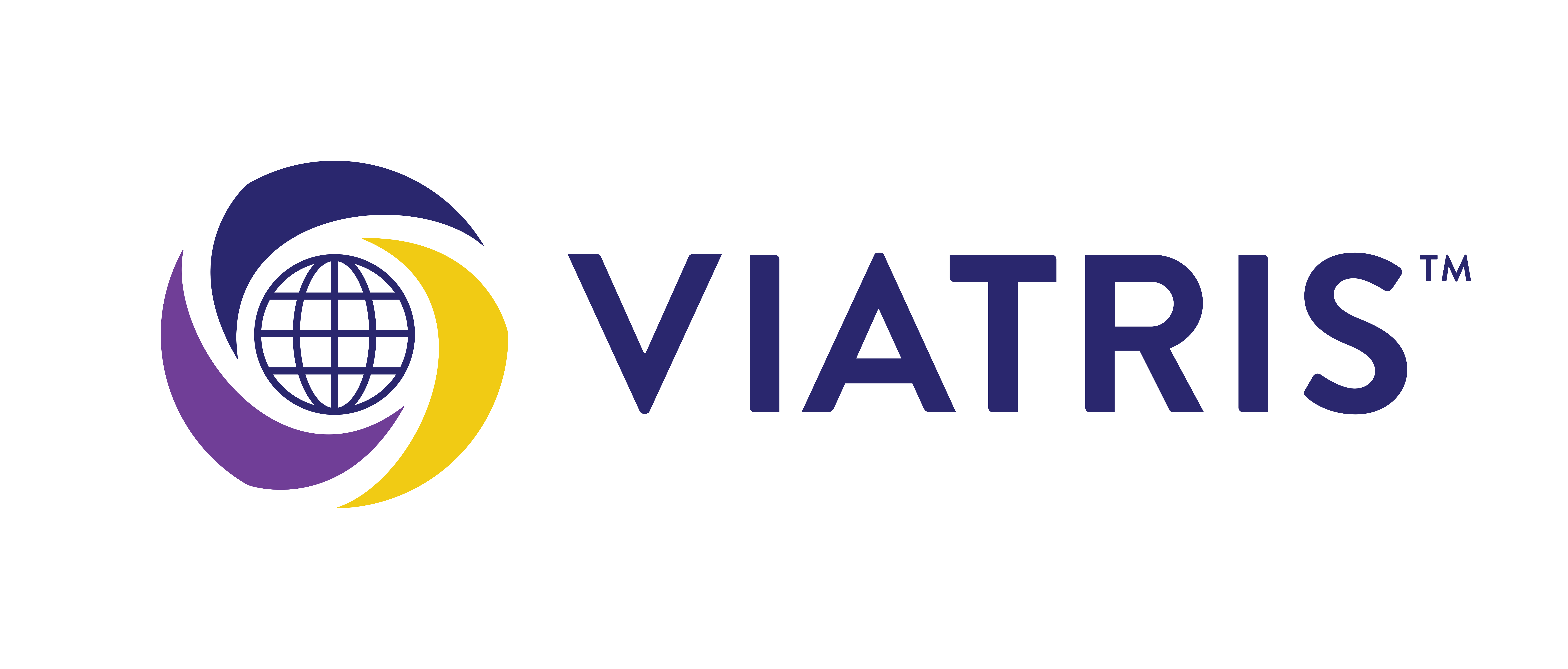Efficacy and safety of high-density lipoprotein cholesterol-increasing compounds: a meta-analysis of randomized controlled trials.
J Am Coll Cardiol. 2005 Jan 18;45(2):185-97. 
OBJECTIVES: The aim of this research was to estimate the efficacy and safety of current high-density lipoprotein cholesterol (HDL-C)-increasing drugs. BACKGROUND: Epidemiologic evidence has shown that HDL-C is inversely related to coronary heart disease (CHD) risk. However, the evidence for reducing CHD risk by raising HDL-C is thin, predominantly due to the paucity of effective and safe HDL-increasing drugs. METHODS: Randomized controlled trials with fibrates and niacin, published between 1966 through February 2004 (MEDLINE), were retrieved. Information on treatment, baseline characteristics, serum lipids, end points, and side-effects were independently abstracted by two authors using a standardized protocol. RESULTS: Data from 53 trials (16,802 subjects) using fibrates and 30 trials (4,749 subjects) using niacin were included. Random-effects model showed 11% versus 10% reduction in total cholesterol, 36% versus 20% reduction in triglycerides, 8% versus 14% reduction in low-density lipoprotein cholesterol, and 10% versus 16% increase in HDL-C for fibrates and niacin, respectively. Apart from flushes in the niacin group, both fibrates and niacin were shown to be well-tolerated and safe. Fibrates reduced the risk for major coronary events by 25% (95% confidence interval 10% to 38%), whereas current available data for niacin indicate a 27% reduction. CONCLUSIONS: Fibrates reduce major coronary events and increase HDL-C levels without significant toxicity. Niacin has a more potent effect on HDL-C levels, whereas data on cardiovascular event rate reduction are limited. Future studies need to evaluate whether additional HDL increase by fibrates or particularly newer niacin formulations on top of statin therapy translates into further event reduction in high-risk subjects, without significant toxicity.
Partneři

